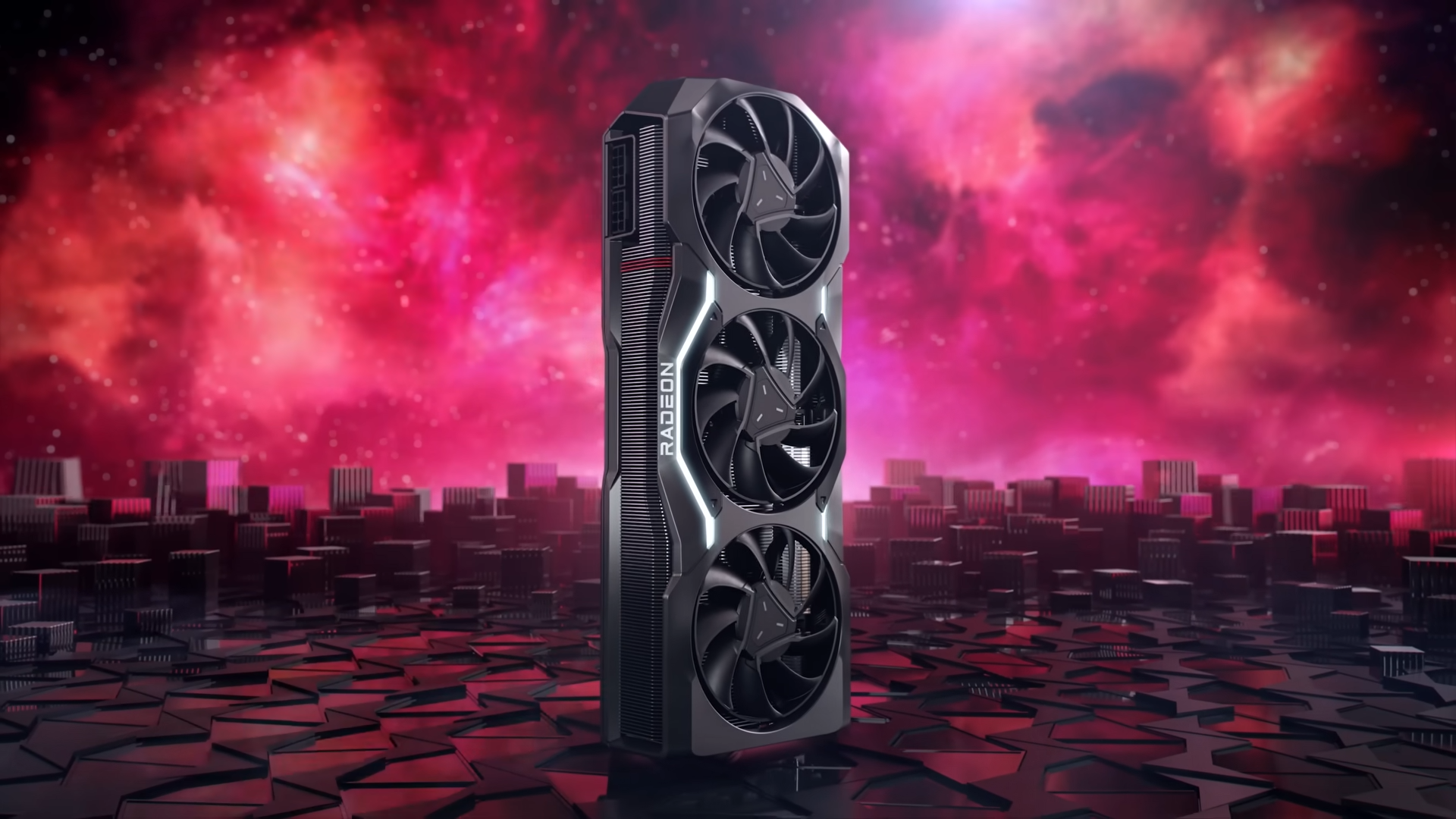AMD Fluid Motion Frames comes out of preview, claims up to 97% more FPS at 1080p in first full Radeon driver release

AMD Fluid Motion Frames (AFMF) has officially been fully released through the 24.1.1 version Radeon Adrenalin driver. AFMF is AMD's driver level version of the frame generation technology that it uses for FSR 3, and trades off visual quality for compatibility spanning thousands of games using the DX11 and DX12 API. AMD claims AFMF will boost performance by up to 97% at 1080 and 103% at 1440p, but results will certainly vary by the title.
Although FSR 3 with frame generation technology launched back in September, we've been waiting for the full release of the driver-level AFMF feature ever since. The feature arrived for RX 6000 and 7000 series graphics cards in October as part of a preview driver, and then for Radeon 700M series integrated graphics in a new preview driver earlier this month. The WHQL-verified drivers that came out today mark the first time AFMF has come out of beta status.
AFMF is basically FSR 3 frame generation but without the upscaling technology that comes bundled with FSR. You can still expect frame generation to nearly double your framerate, just like with FSR 3 compared to FSR 2, but the visual quality is certainly going to be lower with just AFMF enabled. The driver release notes mention that frame generation dynamically turns off during fast visual motion in order to keep image quality as high as possible, but generated frames are inherently lower quality than the original ones. AMD additionally recommends using variable refresh rate technology like FreeSync.
Additionally, frame generation increases latency, and AFMF is no different. AMD recommends users enable Radeon Anti-Lag or Anti-Lag+ and also keep the framerate at 60 FPS or more whenever using AFMF in order to achieve a reasonable level of latency. AFMF also requires games to be played in fullscreen.
The upside with AFMF is that it should work in basically all DX11 and DX12 titles, though it is conceivable that there could be bugs in specific instances. This is significantly different from DLSS 3, which only works on RTX 40 series GPUs and only then in games that specifically support DLSS 3. Compatibility is generally the biggest selling point of AMD's performance-boosting technologies, as FSR works on several generations of AMD, Nvidia, and Intel GPUs, though AFMF is limited to AMD GPUs only and, at that, only three different families.
With a claimed boost of performance of 97% at 1080p and 103% at 1440p, AMD is talking a big game with AFMF, though it is on par with the performance claims of FSR 3 and DLSS 3 frame generation. Of course, these figures are qualified with an "up to," and these gains will certainly depend on specific games and quality settings.
Get Tom's Hardware's best news and in-depth reviews, straight to your inbox.

Matthew Connatser is a freelancing writer for Tom's Hardware US. He writes articles about CPUs, GPUs, SSDs, and computers in general.